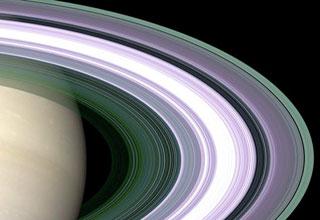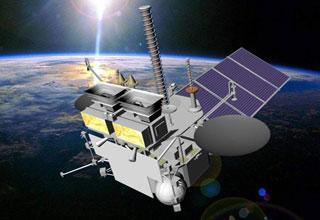
A file photo.
NEW DELHI (PTI): A year after the Saturn's magnificent rings became invisible from the Earth due to a celestial phenomenon, there is good news for skygazers as they can now see them again.
The planet went through 'Ring Crossing' on September 4 last year wherein its rings were aligned along the Earth's line of sight, making it difficult to see them.
"The phenomenon occurs after every 14.7 years," R C Kapoor, a scientist at the Indian Institute of Astrophysics, said.
As the yellowish planet moves round the Sun, its rings, made of countless bodies ranging in size from micrometres to metres, are best seen when the planet reaches opposition-- when the Saturn rises just as the Sun is setting, he said.
Of late, scientists said, the Saturn is tilting and favourably for viewers from the Earth.
"The planet's north pole is tilting towards the Earth with the rings bending 4.9 degrees in January 2010. Since June this year, the tilt has been increasing and will reach 10 degrees this month to present a wider face while the planet rises in the east post-midnight and can be observed till the sunrise," Kapoor said.
The Saturn, currently in the constellation of Virgo - about eight degrees west of the bright star Spica, can be seen along with its rights with a powerful binocular (20x or more) or a small telescope, he said.
As the ring system opens up, it adds to the brightness of the planet. The rings shall present their widest aspect in 2017.
"On December 17, 2002, the rings of the planet were favourably tilted for us to have a glorious view of its ring system even though the Saturn drew closer to the Sun and the Earth only in late 2003," he said.
However, on September 4, 2009, Saturn had been so oriented in its orbit that its rings were seen edge-on, he said.
"These could not be seen at all as its axis of rotation became perfectly perpendicular to our sight line,” he added.
This happens after a period of 14-15 years and twice during the planet's 29.458-year orbital period.
 Previous Article
Previous Article Next Article
Next Article













The Indian Air Force, in its flight trials evaluation report submitted before the Defence Ministry l..
view articleAn insight into the Medium Multi-Role Combat Aircraft competition...
view articleSky enthusiasts can now spot the International Space Station (ISS) commanded by Indian-American astr..
view article